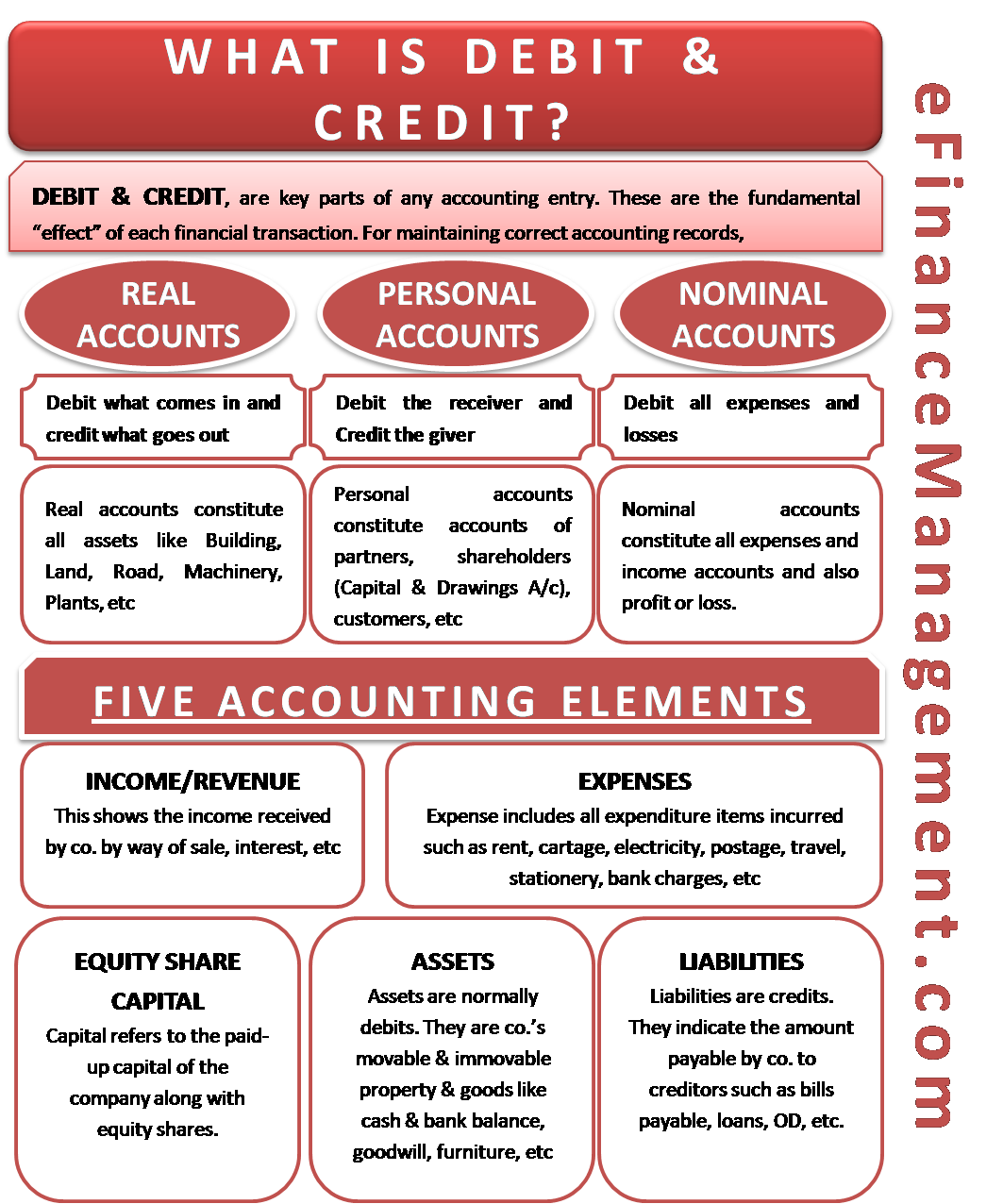

Fraud prevention: Compared to debit, credit can more effectively protect against fraud.Warranty and protections: Credit may add protections for items your business purchases.Good credit history: With timely payments and a low credit utilization ratio, your business can use credit to build a positive credit history.The credit entry typically goes on the right side of a journal. Other fees: Debit cards may require fees for monthly maintenance, overdrafts, returns, and foreign ATM use.Ī credit (or “CR” for short) is an accounting entry that decreases assets and increases liabilities.įor example, when paying rent for your firm’s office each month, you would enter a credit in your liability account.

Doesn’t build credit: Even if you’re paying bills on time, you can’t establish a good credit history from debit card transactions.Fewer rewards: For the most part, you won’t earn points, miles, or cash back for debit card purchases.No annual fee: Unlike credit cards, debit cards do not require annual fees.Some fraud protection: Certain debit cards like Visa and Mastercard offer more protections against fraud.Less debt: Since debit cards use the money you already have, using them avoids adding any debt.The debit entry typically goes on the left side of a journal. A debit (or “DR” for short) is an accounting entry that increases assets (what your business owns) and decreases liabilities (how much your business owes).įor example, if a business takes out a loan to buy new equipment, the firm would enter a debit in its equipment account because it now owns a new asset.


 0 kommentar(er)
0 kommentar(er)
